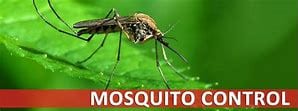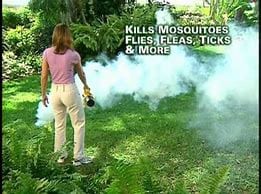The generated fog contains the active chemical which contacts and kills a range of insects and bugs making it ideal for improving outdoor comfort and living. Fogging is best performed at dusk and dawn when the mosquito and sand flies are most active.
The fog is made up of millions of microscopic droplets which contain the active chemical which kills the pests on contact. The fog produced is ideal for penetrating dense foliage and contacting the insects in hard to reach hiding spaces. Application methods should try to fog in low wind conditions so the fog hangs for longer maximizing the contact and effect. The fog produced has a similar consistency to smoke from a fire. It will not mark or leave an oily residue on your house or plants .It’s safe and non-residual characteristics combined with potent mosquito and insect control make it an ideal chemical for pest control.
How long will a treatment last?
Typically thermal fogging sees the application of non-residual chemicals as opposed to residual chemicals. This is due to the high potential for drift when thermal fogging. Therefore thermal fogging is ideal for the fast knock down and clearing of pests from problem areas. However, most insects are mobile and over time will move back into the treated area. Regular fogging in sequential days is important to break the breading cycles in your area and this is when the most significant improvements in outdoor living will be noticed.
Thermal fogging is popular for a quick extermination in your backyard or patio before family and friends arrive. If users have obvious breeding areas for mosquitos and sandflies, fogging these as focus areas will detrimentally impact breeding cycles and activity
What active chemical is used?
Pyrethrum is a well proven product which attacks the central nervous system of insects including mosquitos and sandflies. In low concentrations, pyrethrum will not harm children or animals making it safe for use around the home or commercial premises.



